-

Gel & Filter Pack (Buy 1 Get 1 Free)
$198.00 AUDOnce you’ve used up the gel and filters included with your Tasman, this pack of refills is designed to keep you going for approximately 1 year, depending on your individual use. This discounted bulk pack is valued at $283 when purchased individually. Special offer: Buy 1 Get 1 Free valued at $566.
-

Single VActive Gel
$69.00 AUDEach VActive Gel Cartridge can last for up to 4 months on a medium fan speed with 24-hour use.
-

Single HEPA Filter
$19.00 AUDThe life of your HEPA filter depends on a number of factors including fan speed, indoor air quality and the length of time it is used.
Our VActive Gel cartridges and HEPA filters are for use in VBreathe Tasman devices only and are not compatible with any other devices.
The only air purifier that sanitises the air around you
How it works
Five years in development, our world-first patented combination of HEPA filtration and VActive natural gel technology radically improves indoor air quality by not only fitering particles through the device, but also by dispersing VActive Gel vapours into the air to reduce harmful indoor bacteria, viruses, microbes, mould and toxins.
Five years in development, our world-first patented combination of HEPA filtration and VActive natural gel technology radically improves indoor air quality by not only fitering particles through the device, but also by dispersing VActive Gel vapours into the air to reduce harmful indoor bacteria, viruses, microbes, mould and toxins.
The ultimate protection against harmful
airborne bacteria, viruses and mould
VBreathe Tasman is designed to work in small indoor rooms
It differs from other air purifiers as it is not solely reliant on the air going through the device to improve your indoor air quality. Instead, it uses a unique combination of HEPA filtration and VActive Gel to reduce airborne pathogens, viruses and allergens. Our test results are summarised on our website.
Reduces and removes harmful pathogens in the air.
VBreathe Tasman uses a unique, patented and active approach to purify and sanitise the surrounding indoor air. It expels microscopic all-natural VActive Gel vapours into the surrounding air to reduce and remove harmful toxins and pathogens in the air and on surfaces.
Purifies the air
around you without
relying on filtration
VBreathe Tasman uses HEPA-filtration to purify the air that passes through the device, as do many other purifiers. However, relying on HEPA-filtration alone is not enough, as no matter how big or powerful an air purifier is, these passive devices cannot purify the air faster than the harmful pathogens can grow indoors, because the air must pass through the device.
Hunts and removes
harmful pathogens
in the air
VBreathe Tasman uses a unique, patented and active approach to purify and detoxify the surrounding indoor air in an all-natural way.
It expels microscopic all-natural VActive Gel vapours into the surrounding air to hunt down and remove harmful toxins and pathogens in the air and on surfaces. Other detoxifiers use technologies like ozone and hydroperoxide, which are not safe to be used when humans are in the room on a daily basis.
Independently Tested
& Backed By Science

AIR QUALITY REPORT
In 60 minutes, concentration of 1 Micron and 2.5 Micron particles were reduced by 97% and 96% respectively.
As seen on

Trusted by




How does it compare to other air purifiers
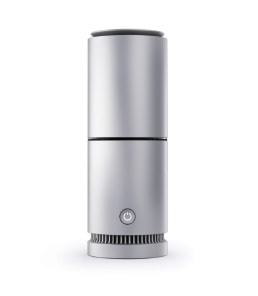
VBreathe
HEPA filtration + VActive Gel technology
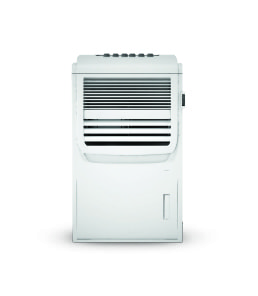
Other air purifiers
HEPA filtration, ioniser, etc
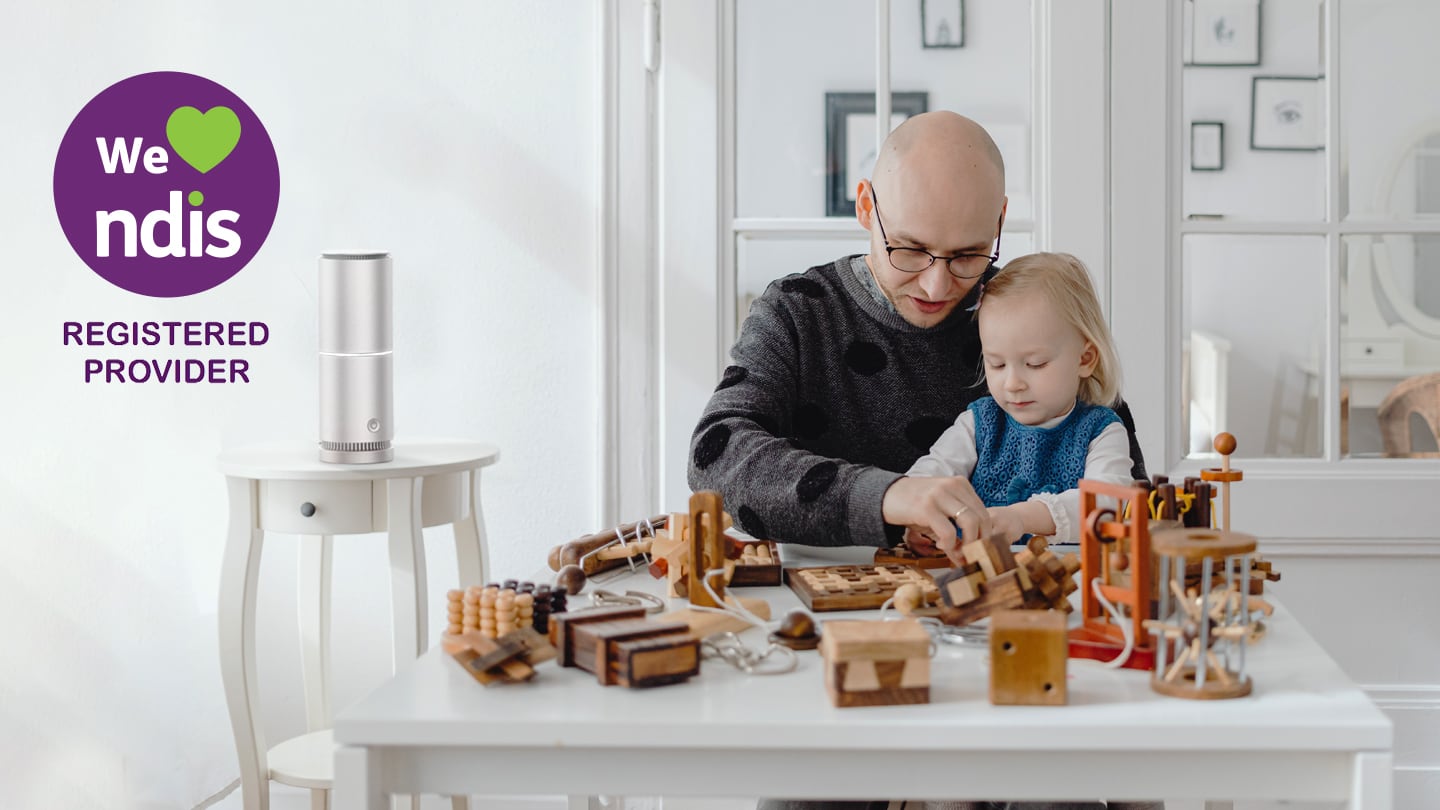
Available on the NDIS
VBreathe is proud to be a registered and approved NDIS Provider helping thousands of Australian's claim VBreathe Tasman Air Purifier under their NDIS plan to improve their indoor air quality. Learn how you can receive an exclusive NDIS discount here.
Frequently Asked Questions
Room Size Guide
The time it takes to detoxify a room depends on various factors, such as room size, air circulation and whether windows or doors are open or closed.
As a rough guide, in a 4x4m room with no open windows or doors, it will take approximately 24-36 hours to detoxify the air in the room to a 95-99% level.
What you get
You will find the following items in every VBreathe Tasman box:
- 1 VBreathe Tasman indoor air detoxifier
- 3 VActive Gel Cartridges
- 4 HEPA filters
- 1 Power adaptor
- 1 USB-C cable
Vital stats
The VBreathe Tasman is 250mm in height and 90mm in width.
The VBreathe Tasman weighs just 950g (1.1kg with a gel and filter inside). The beauty of the VBreathe Tasman is it is lightweight and portable, allowing you to take it with you wherever you go.
|
Fan speed
|
Noise (decibels)
|
|
Low
|
43.24 dbA
|
|
Medium
|
46.74 dbA
|
|
High
|
47.84 dbA
|
|
Fan speed
|
Air flow
|
Air flow
|
|
Low
|
7.88 m³/hour
|
4.64 CFM
|
|
Medium
|
9.78 m³/hour
|
5.76 CFM
|
|
High
|
10.69 m³/hour
|
6.29 CFM
|
Setup and charging
For clear instructions on how to setup and charge your VBreathe Tasman, please refer to the Instruction Guide found in the box. Alternatively, refer to these instructions on our website.
Plug in the power adaptor, then plug the USB C cable into the back of your VBreathe Tasman to power.
On average, the battery will last up to 8-10 hours on low fan speed or night mode. Whilst the VBreathe Tasman is operating on medium fan speed – the battery will last on average up to 5 hours. While the device is plugged in, the battery will automatically recharge.
Yes. Your VBreathe Tasman is not only a portable device with its built-in battery but can also operate as a stationary device when connected to the power with the power adapter provided.
For clear instructions on how to operate your VBreathe Tasman refer to the Instruction Guide found in the box. Alternatively, refer to these instructions on our website.
HEPA filter
This depends on a number of factors, fan speed, indoor air quality and length of time it is used.
The VBreathe Tasman unit will alert you when the HEPA filter needs replacement via the ring flashing white or through the VBreathe App on your mobile device.
For clear instructions on how to replace the HEPA filter, refer to the Instruction Guide found in the box. Alternatively, refer to these instructions on our website.
VActive Gel
A VActive Gel Cartridge lasts up to 4 months on a medium fan speed with 24 hours use.
The smart sensors in the VBreathe Tasman will alert you when the VActive Gel Cartridge needs to be replaced through the VBreathe App on your mobile device.
For clear instructions on how to replace the VActive Gel, refer to the Instruction Guide found in the box. Alternatively, refer to these instructions on our website.
Our all-natural VActive Gel contains a unique blend of Australian Essential oils which are expelled in vapour form into the surrounding air, to reduce harmful indoor microbes and toxins that are airborne. They do this by encapsulating airborne bacteria and mould, starving these harmful pathogens of oxygen which inhibits their replication and lifespan.
Smart Sensors
Using a combination of data from the Temperature and Humidity sensors to detect the dew point, the device will alter the fan speed to remove mould when in Automatic mode.
The VBreathe Tasman’s smart sensors are periodically – once every 10 minutes – checking the air for Carbon Monoxide. The device is also quite sensitive to Hydrogen, and to a much lesser extent, LPG, Methane and airborne alcohol (Ethanol). The sensors do not discriminate between gas types, and will register a metric on the App proportionally to the combined presence of these gases – the Light Ring will not be altered by these gases. Please note that this feature is not intended to be a safety feature – do not use this feature as a poisonous gas alarm.
The VBreathe Tasman has smart temperature and humidity sensors located near the air intake for the HEPA filter.
Bluetooth is used to communicate with the App when you are near your VBreathe Tasman. Currently WiFi is used to update the firmware on your device, in a process that is initiated on your App, using Bluetooth. In the near future, you will be able to control and monitor your devices using the WiFi connection from any location, with the App, over the Internet.
The particle sensor consists of a small chamber that pulls in particles using a tiny fan. Inside this chamber, there are electro-optical sensors tuned to detect particles of different sizes, which then ultimately give a PM2.5 value (quantity of a certain sized particle).
The Smart Light ring will change colour based on the current PM2.5 levels. Green being good, orange being OK, and red being poor. The Smart Light ring is also used for occasional display of device status; please refer to the Instruction Guide found in the box or alternatively go to the ‘How-To’ page on the VBreathe website.
The VActive Gel level sensor monitors the weight of the VActive Gel, and reports to the app when the gel is low and needs to be replaced.
If the Gel Cartridge has been disturbed for whatever reason, on occasions it can take a small amount of time for the cartridge to settle into an optimal location. During this period, you may see a flashing yellow indication from the Light Ring.
Research and Development
Our VBreathe Tasman and VActive Gel was in research and development for 5 years before its launch in October 2020. Research and development continues on our VBreathe Tasman and other new products we will be bringing to you soon.
NDIS Customers
VBreathe Pty Ltd is a Registered NDIS Provider. You are only able to purchase from VBreathe Pty Ltd if you are approved to do so by the NDIS. Once you place your order, the invoice will be sent to you and your chosen representatives. Orders are dispatched once payment is received. VBreathe Pty Ltd cannot assist you in receiving approval for purchases. Our NDIS category of funding is 0103 Assist Prod-Pers Care/Safety.
VBreathe App - Cloud Connectivity
Please go to Settings and select Cloud Connectivity. This page will help you troubleshoot any issues you may have connecting to the cloud.
We have updated the app with the new cloud functionality. You may have noticed a new login page. This has been created for you to be able to access the cloud, which provides you the ability to access your Tasman from anywhere at any time.
Previously, the app allowed you to connect the device to Bluetooth direct, the cloud will provide you more secure access as well as more information.
Our team has also improved previous problems which existed in the previous version of the app, such as Bluetooth connectivity with the Tasman. We previously had customers have trouble connecting the app to the Tasman.
If you do not want to sign up and create an account, you will be able to skip and still be able to use the app as you have previously done so.
The cloud provides you the ability to access your Tasman from anywhere at any time. To do this, your Tasman does need to have been connected to Wi-Fi.
At this stage, if you would like to change the user (or name details), you need to contact [email protected]. If the owner of the Tasman is changing, we do need to receive authority from the previous owner to remove themselves and change the user to yourself. This process can take up to 24 working hours.
The cloud provides the ability to access your Tasman when you are not near it to check in on your environment or to adjust settings. We have a range of updates we are excited to release in 2022. If you are signed into the cloud, you will be notified of those updates.
To access the cloud, you need to provide your full name and email, as well as create a secure password. The app will ask for further information such as phone number, date of birth and address, although those are optional.
When you create a VBreathe account to access the cloud, we collect information so we can personalise your experience. A password is needed to protect your account.
We collect information about the usage of the Tasman to better understand how they are used. When the Tasman, as well as the app, are updated, you will be notified of any updates. We may ask for your geographic location, either by allowing the VBreathe Website or VBreathe App to access the location of your device or by entering your location manually, which enables us to provide you with information about air quality relevant to where your Tasman is used.
You do not need the app to use the Tasman, as the power button on the device will provide you the ability to turn the device on or off, as well as adjust fan speed. The light ring will indicate whether the gel or filter needs changing. The cloud will allow you to access information remotely.
To access the cloud, you will need to have the latest version of the firmware.
When you head into the settings page, there is a section called firmware. You will be able to find the version of firmware you are on. If you have the ability to click firmware update, then you won’t be on the latest version.
In your settings page, you can press firmware update. To update your firmware, you do need to be in close proximity to the Tasman. We currently cannot update the Tasman through the cloud.
When trying to login, you can click the “forgot your password” option. You will need to add your email address, where you will be sent a code to reset your password. Your password needs to be a minimum of 8 digits.
If you have previously not verified your email (when you first set it up), or you are having trouble with changing your password, please contact [email protected] or call 1800 849 104.


 AUD
AUD


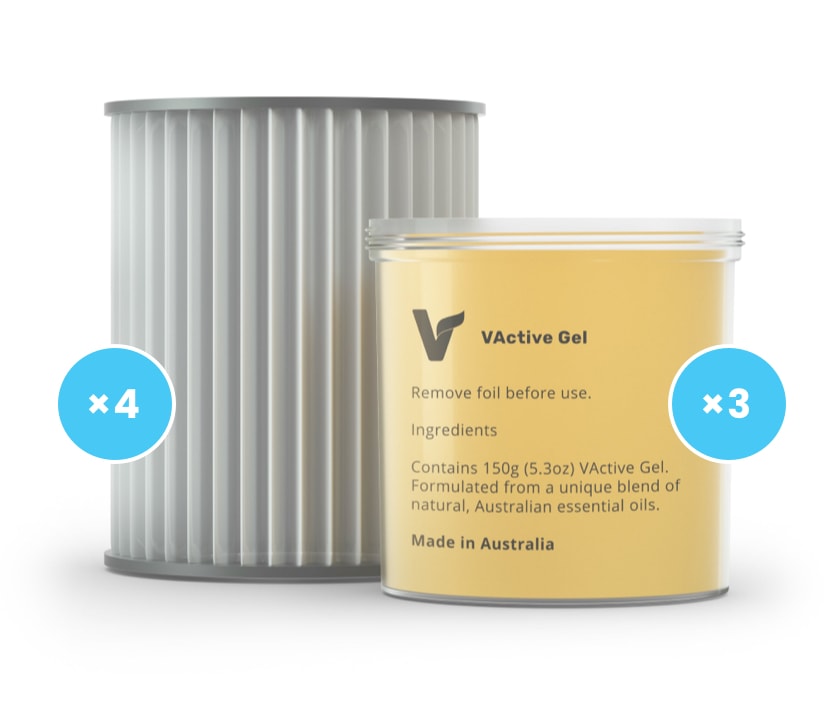
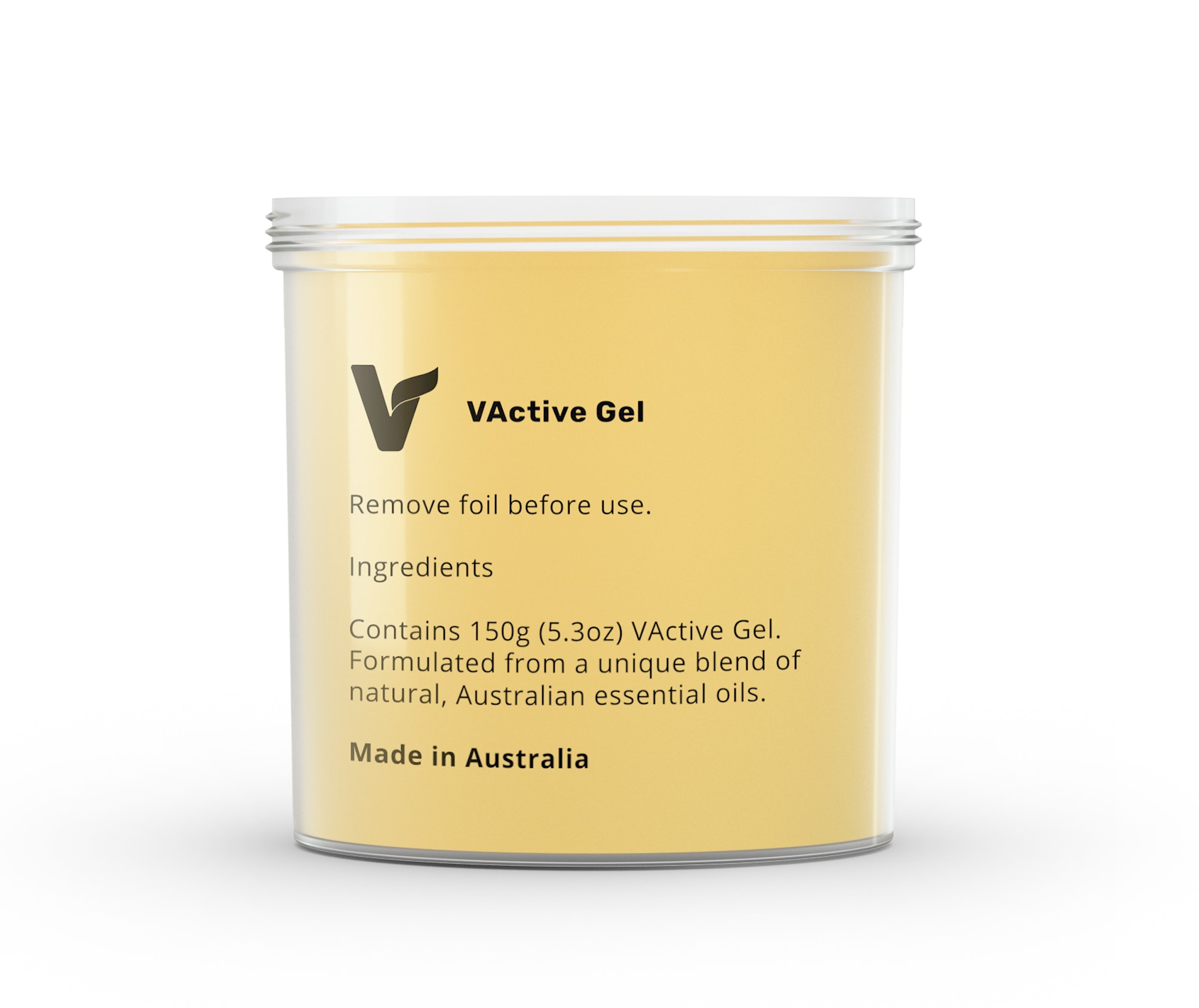
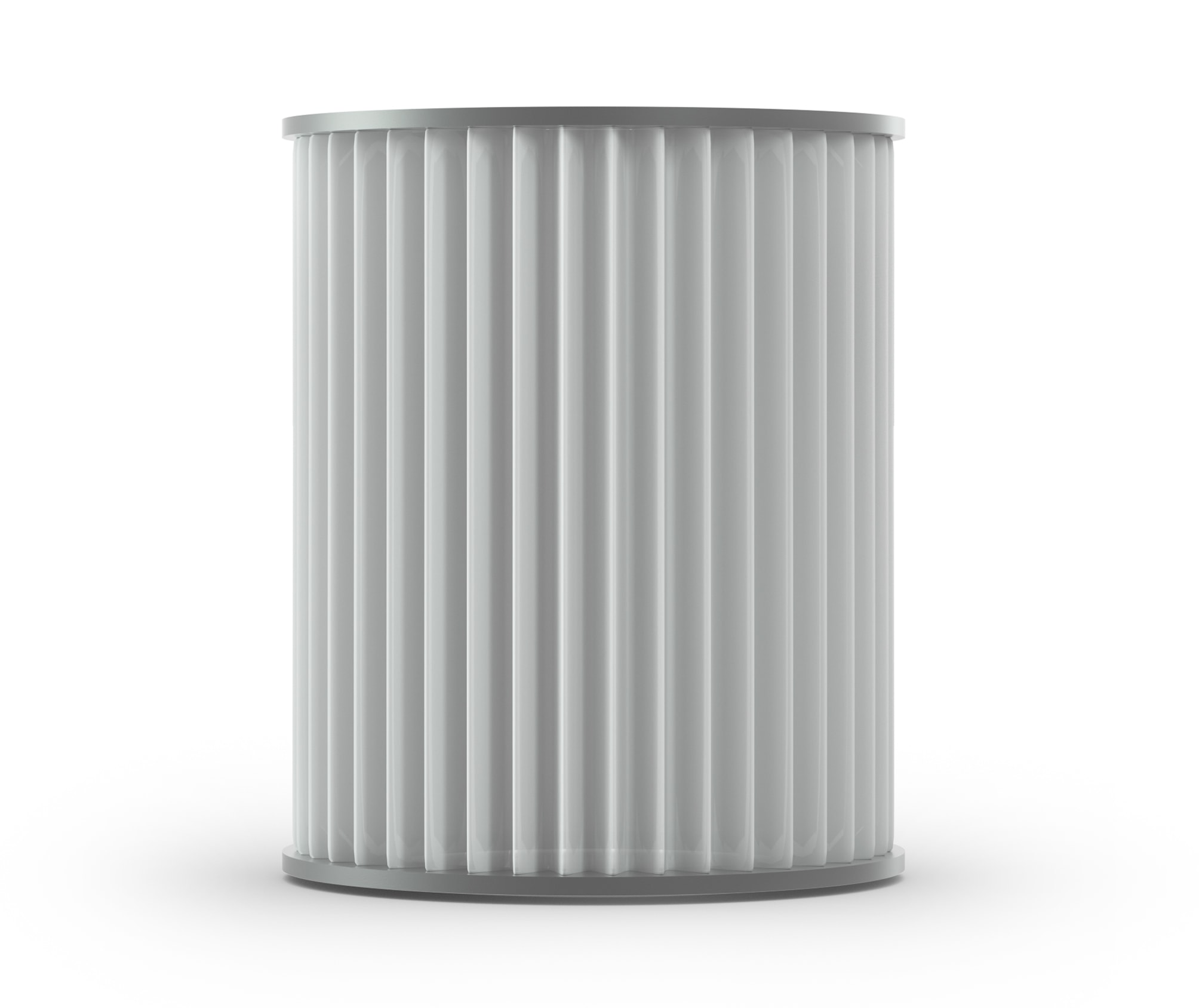





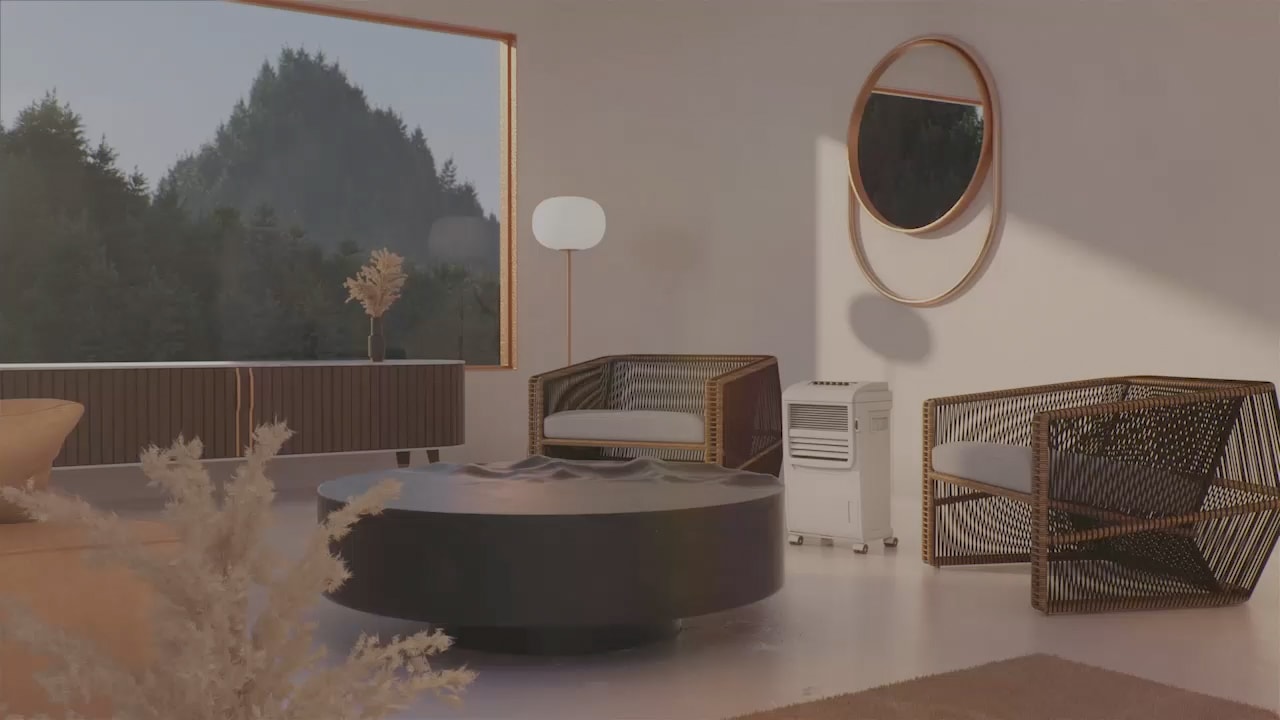
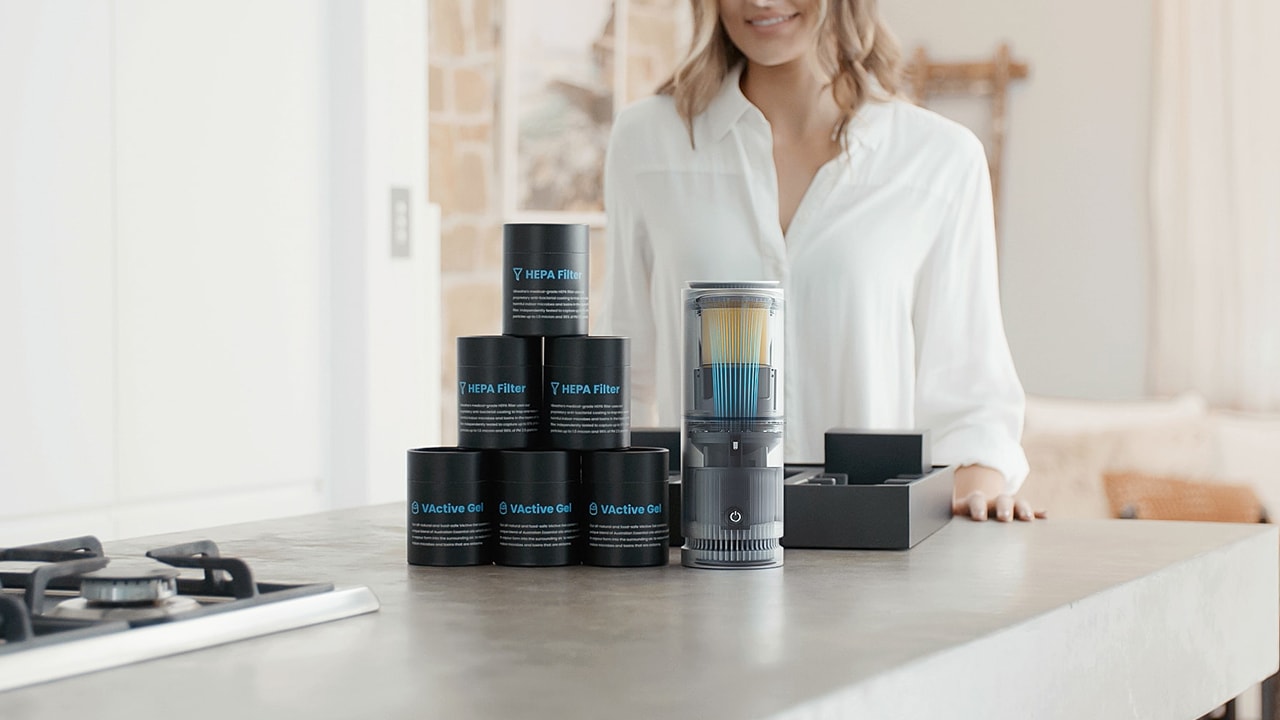


 Denmark (kr)
Denmark (kr)
 Netherlands (EUR)
Netherlands (EUR)
 Norway (kr)
Norway (kr)
 Sweden (kr)
Sweden (kr)
 Poland (zł)
Poland (zł)
 Finland (EUR)
Finland (EUR)